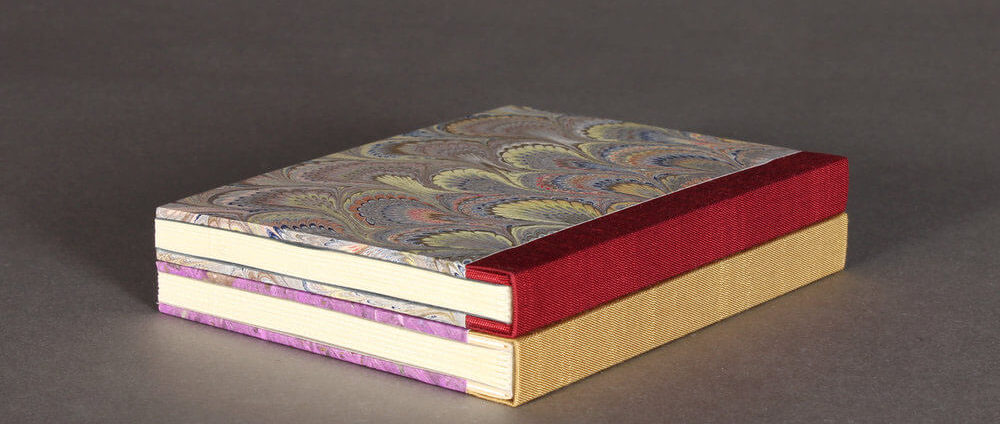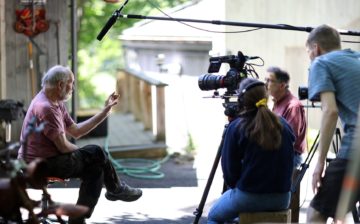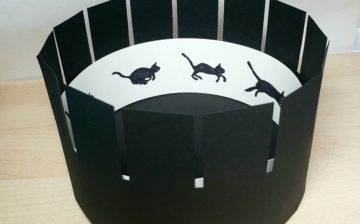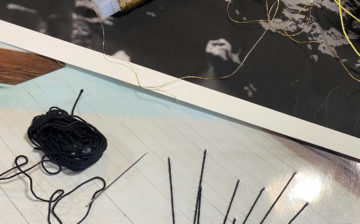Workshops
Learn how to make sewn board bindings - an amazing structure for artists working in a variety of 2-D media, including drawing, painting, printmaking, digital printing, and collage (it also makes for a great journal!)
There are no available registration dates at this time.
SOLD OUT! Email [email protected] to be placed on a waitlist
Note: This course will be held online using the Zoom Platform. The class will be held on Saturday & Sunday afternoon 1-4:30pm EST (Sep 24-25).
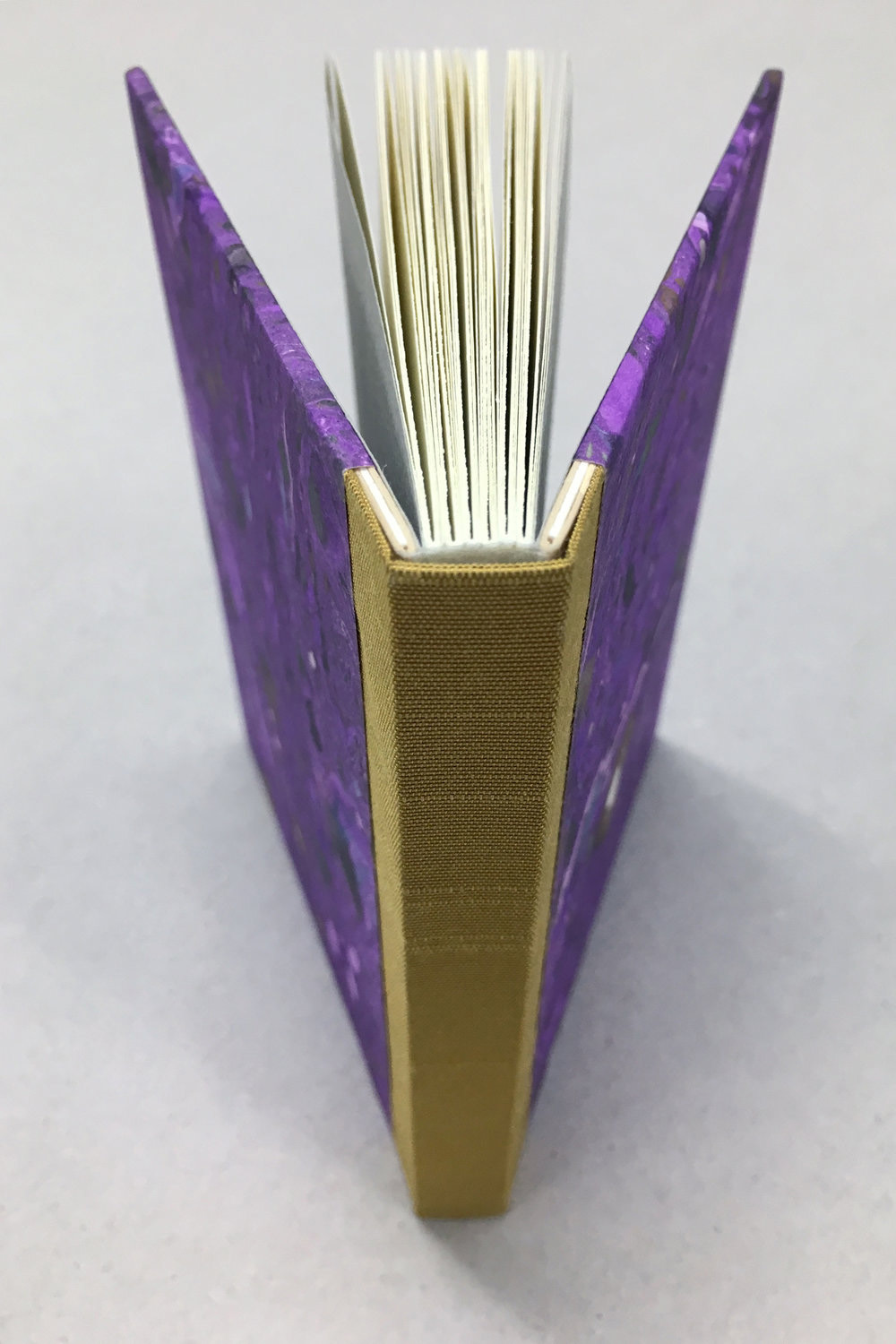
The sewn board binding is a light and versatile book structure that opens flat—an appealing structure for artists working in a variety of 2-D media, including drawing, painting, printmaking, digital printing, and collage (it also makes for a great journal). Its materials are quite adaptable, too, making it a great binding to explore at home or with a small studio set-up.
Workshop participants will complete this structure, from text block preparation to covering the layered boards with decorative papers, over the course of two sessions. Working with an instructor-provided book kit, students will sew the covers into the text block using a French link stitch; learn how to line a spine; and build a fitted, cloth-covered spine piece.
This workshop is taught online, and the instructor will provide resources and slides to workshop participants following the class. The sewn board binding is an intermediate-level binding structure; interested registrants will benefit from prior experience with sewing, practice with adhering paper to the board using PVA and a brush, and the ability to identify grain direction in the paper.
Bookbinding tools (to be sourced by students):
- bone or Teflon folder
- small self-healing cutting mat (approx. 12″ x 18″)
- 9mm Olfa knife OR X-Acto knife OR scalpel with #11 blades
- for X-Acto or scalpel: replacement blades (10-12 recommended)
- glue brush (round)
- PVA glue (½ pint)
- sandpaper OR sanding stick (120- or 180-grit, one sheet)
- awl OR pin tool
- flat, straight metal ruler (12″ OR 18″)
- metal triangle (suggested: 8″, 45/90 degrees)
- sharp scissors capable of small, neat cuts
- bookbinding needle (at least 1)
- paper cutting knife (a butter knife from your kitchen drawer will do just fine!)
- pencil
- eraser
- paper or notebook for taking notes
- one or more book weights (* As a book weight, you can use: a dense dictionary, a Tupperware container filled with marbles, a heady and clean wooden cutting board, or a brick wrapped in paper)
Sewn Board Materials (kit provided by instructor):
- 18/3 bookbinding thread
- paper for the text blocks (70 lbs or 80 lbs text Mohawk Superfine
- paper for endsheet (Hahnemühle Ingres)
- Japanese-style paper for lining the spine (Sekishu)
- 2- or 4-ply museum board (for cover ‘fill’)
- 20 pt card (for the covers and the spine piece)
- 10 pt card (for the cover fill and for making a punching template)
- book cloth (for spine piece)
- decorative paper for cover
- waste paper (newsprint) for glue guarding
- wax paper
The kit contains materials for one 5”x7” book containing 6 sections of 4 folios each. The value of the Sewn Board Kit is $28.
Optional Tools
Recommended if you already have these at your disposal, or if you are building out your binding practice:
- 18/3 bookbinding thread
- small block of beeswax
- dividers
- Omnigrid quilting rulers (12″ x 6″ and 1″ x 12″)
- punching cradle
- round stenciling or tamping brush (to be used after placing the spine liner)
- PVA + methyl-cellulose adhesive mix
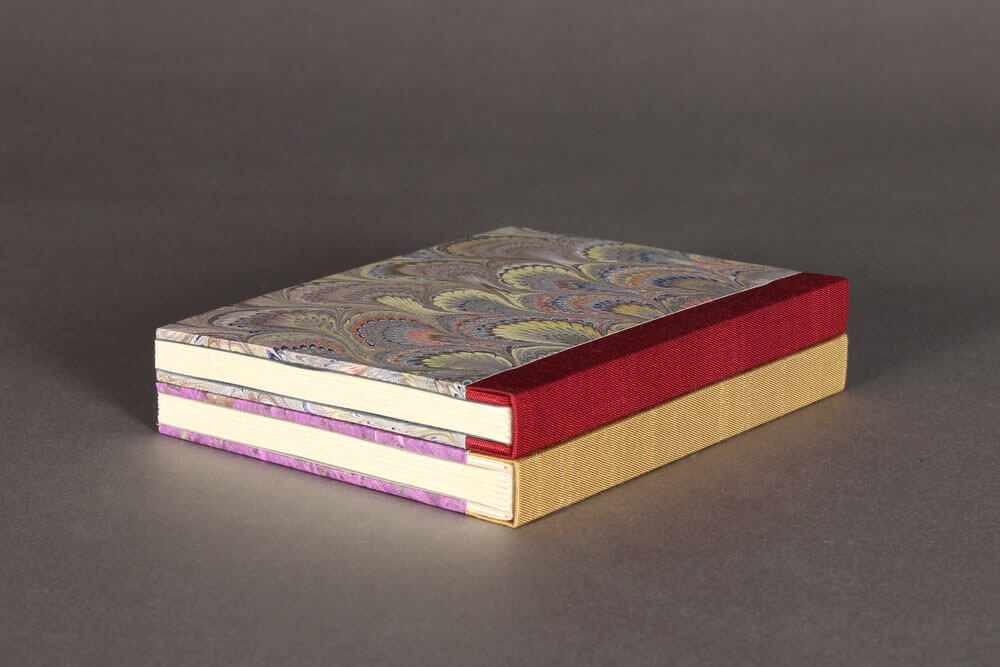
Share This
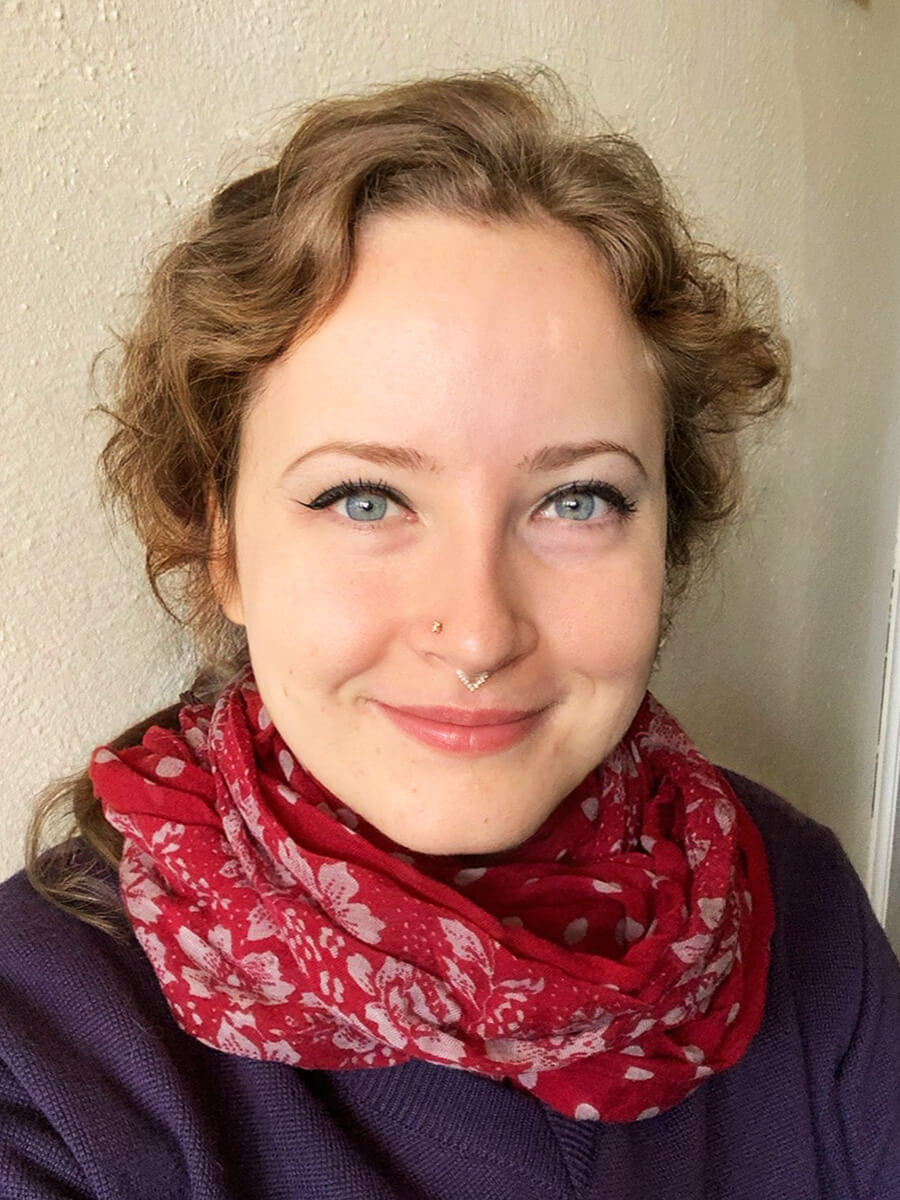
Instructor: Suzanne Glémot
Suzanne Glémot is an artist and bookbinder living and working in Iowa City, IA. She earned her MFA from the University of Iowa Center for the Book, where she studied bookbinding and letterpress printing. Working in artist books, boxes, and prints, her pieces explore memory as it relates to language and place.

